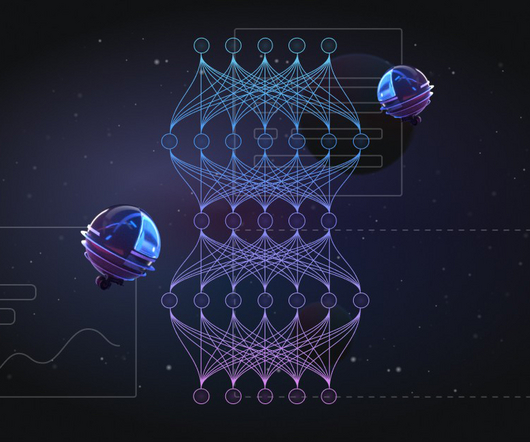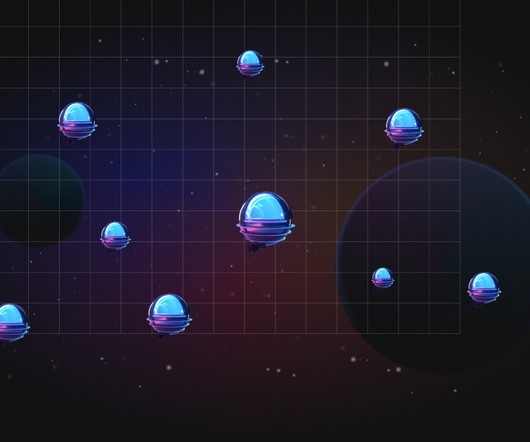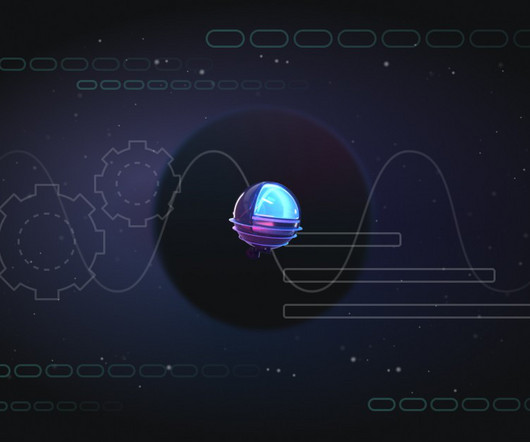MLOps Is an Extension of DevOps. Not a Fork — My Thoughts on THE MLOPS Paper as an MLOps Startup CEO
The MLOps Blog
JANUARY 23, 2023
Not a fork: – The MLOps team should consist of a DevOps engineer, a backend software engineer, a data scientist, + regular software folks. The workflow orchestration component is actually two things, workflow execution tools and pipeline authoring frameworks. Many of the things I will talk about here I already see today. Not a fork.












Let's personalize your content